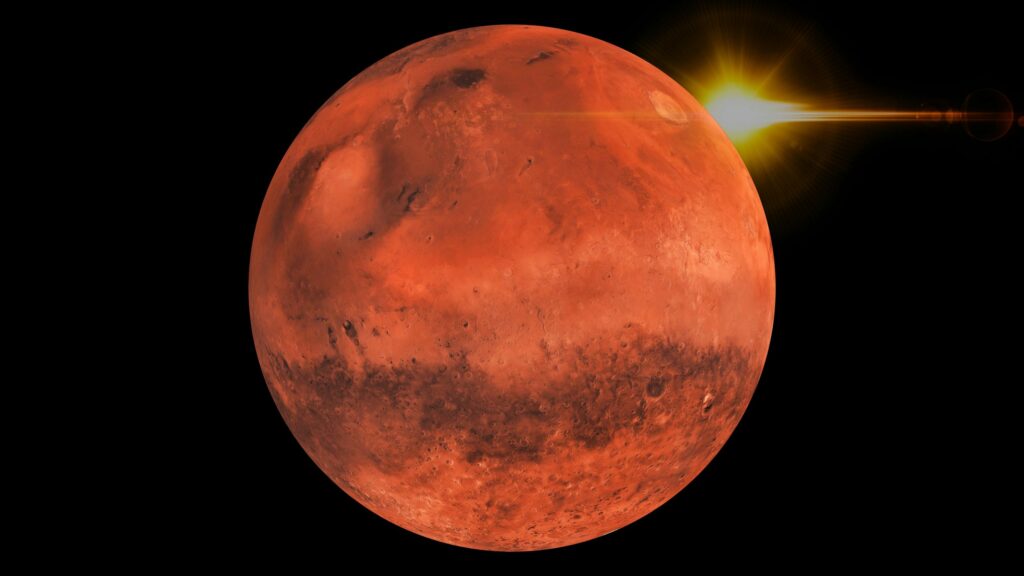A 4 billion-year-old Martian meteorite has revealed organic compounds containing nitrogen and this is the first real evidence of fixed nitrogen molecules on Mars.
As we all have studied, nitrogen is very important for all known forms of life. Though there’s currently no evidence to which tells that the currently discovered nitrogen was created by some biological unit but it does leave open the possibility that once upon a time, Mars might have been a wet and organic rich planet and might be the perfect place for life to begin.
“Early in the Solar System’s history, Mars was likely showered with significant amounts of organic matter, for example from carbon-rich meteorites, comets, and dust particles,” says chemist Atsuko Kobayashi from the Tokyo Institute of Technology.
“Some of them may have dissolved in the brine and been trapped inside the carbonates.”
It’s difficult to say how these nitrogen-containing organic molecules may have arisen, but regardless of the explanation, the results suggest Mars may have once been more Earth-like and hospitable to life than it is now and it could have once had its own nitrogen cycle.
“Whatever the origin, the presence of the organic and reduced nitrogen on early/middle Noachian Mars indicates the importance of the Martian nitrogen cycle,” the authors write.
This meteorite was estimatedly blasted off Mars roughly 16 million years ago, probably by a meteorite impact, and has since survived unfathomable lengths of time and space.
Named ALH84001, it was found in Antarctica’s Allan Hills in 1984 and has already become quite famous in the science world. ALH84001 contains orange-colored carbonate materials, which seems to have come from some sort of salty liquid on Mars, roughly 4 billion years ago.
Over the years, some scientists have claimed to find bacteria-like microbial fossils in this rock, but there are other non-biological explanations that could also account for their presence.
Martian meteorites are some of the best clues we have about the Red Planet’s history, but since these rocks have landed on Earth, it’s hard to say how much of them is still truly Martian.
The contamination of these meteorites on Earth has been a serious problem in the past, but now, using new techniques and technology, researchers are sure that the detected nitrogen-containing organics are “most likely of Martian origin“.
Samples of nearby igneous rocks showed no detectable nitrogen, which suggests these organic molecules were only in the meteorite’s carbonate.
“Several carbonate grains were peeled off from a rock fragment of ALH 84001, using silver double-sided sticky tape, which allowed us to investigate the interiors of the individual carbonate grains,” the authors explain.
Obviously, this careful handling isn’t something the Mars Rover is up to doing. So meteorites like ALH84001 could help researchers to understand the red planet better.
Anyhow, let us hope we quickly solve all the problems and head toward the red planet.
Journal
In-situ preservation of nitrogen-bearing organics in Noachian Martian carbonates. Nature Communications, 2020; 11 (1) DOI: 10.1038/s41467-020-15931-4

